Probably, shortly before the start of work at the College del Cambio, in 1496 Perugino performed one of his best monumental works – the Crucifix fresco triptych. It consists of
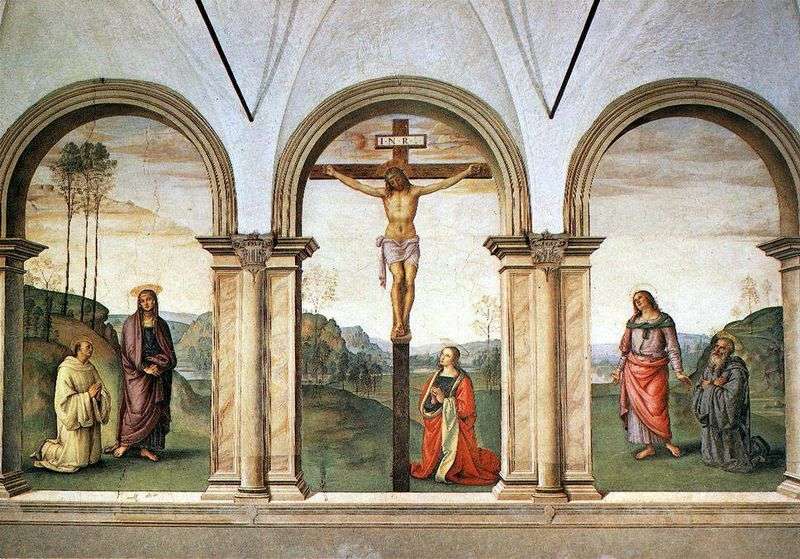

Probably, shortly before the start of work at the College del Cambio, in 1496 Perugino performed one of his best monumental works – the Crucifix fresco triptych. It consists of
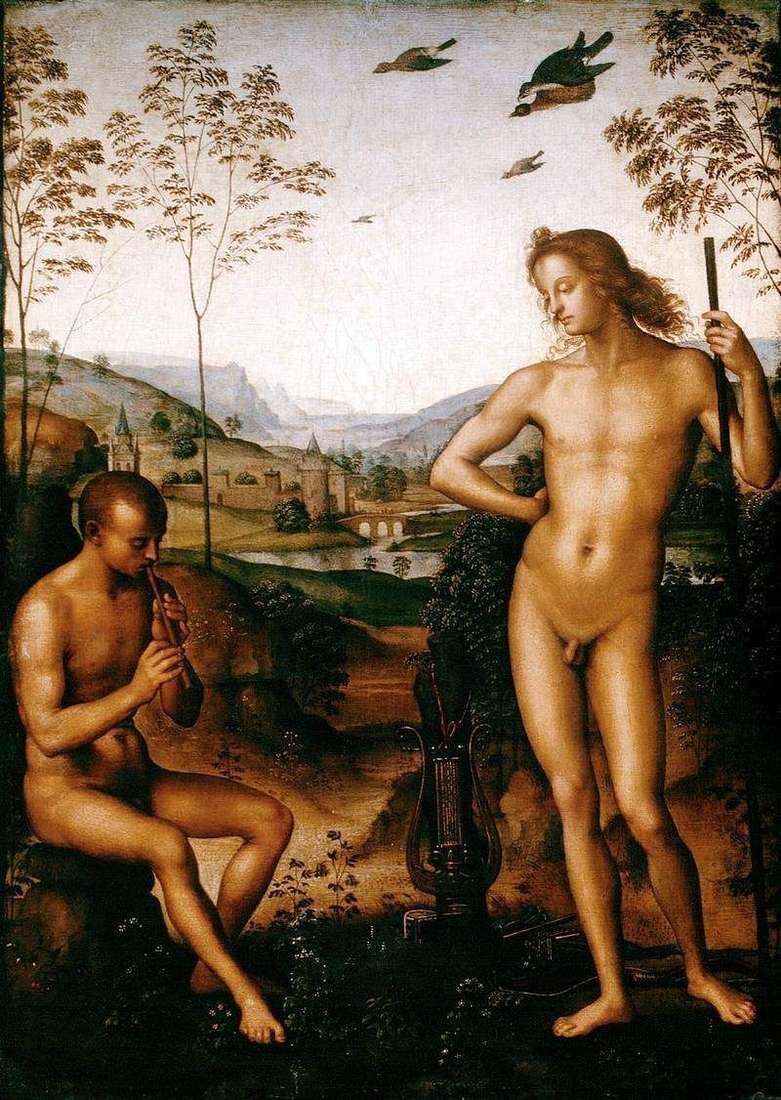
Creativity Pietro Perugino ends the era of the Early Renaissance. The result of his artistic quest became clear, poetically-contemplative compositions with a lyrical landscape background, graceful figures. The art of
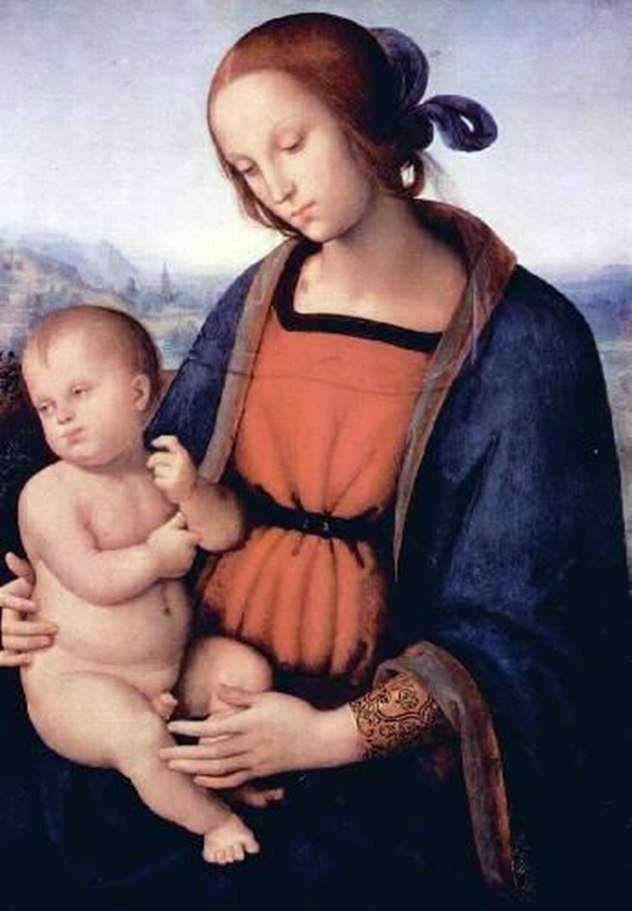
Working a lot and, apparently, very quickly, Perugino, in addition to numerous fresco cycles, created many large altar compositions and wrote a number of small easel works. One of his
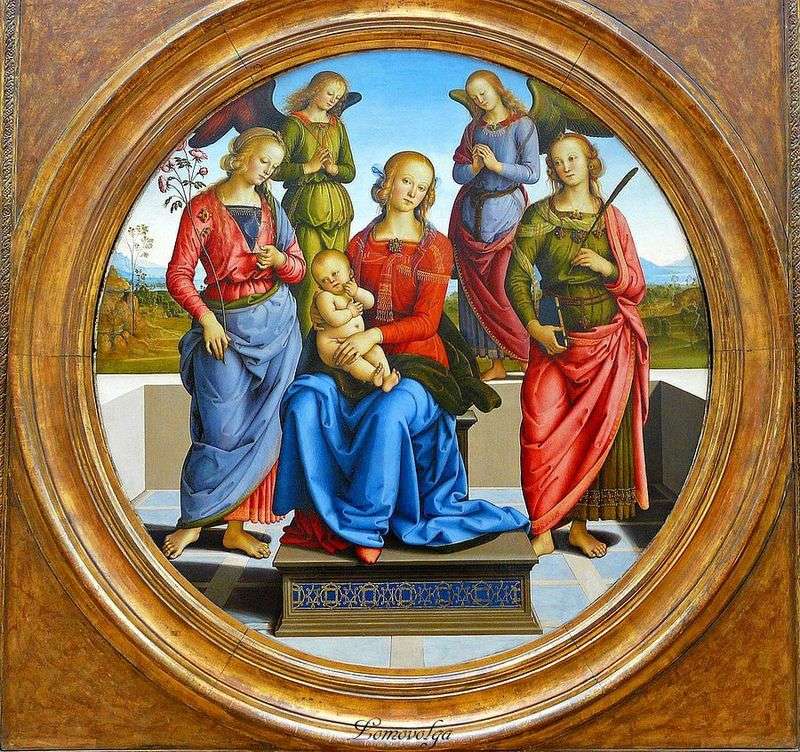
Vasari calls Perugino the inventor of a new manner of painting, characterized by a special “tenderness of colors” and so fascinating that “people come running like crazy to look at
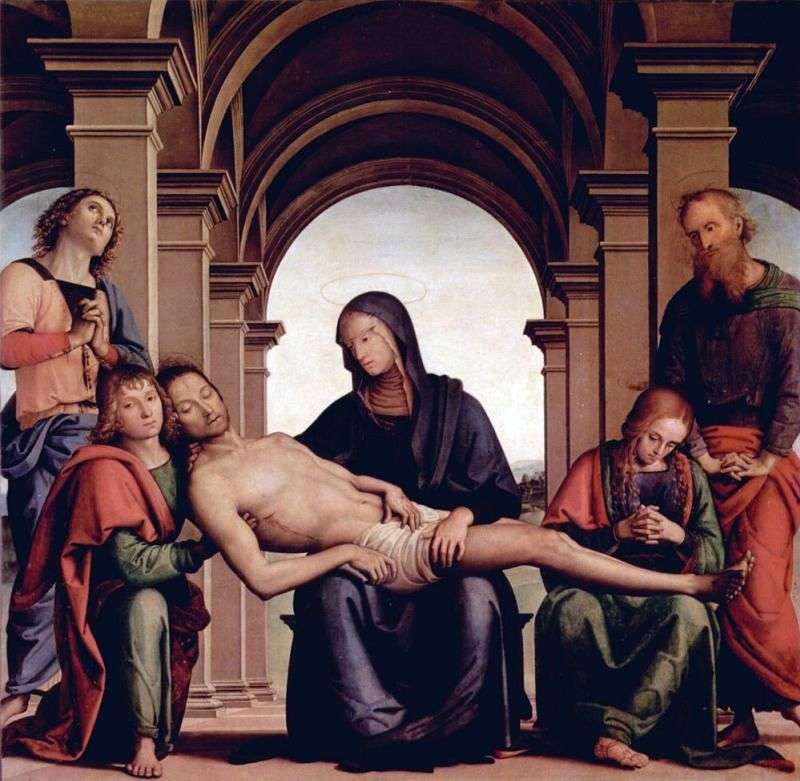
The head of the school of painting of Umbria and the teacher of Rafael Pietro Perugino created paintings in which, for example, in the presented one, there is a special
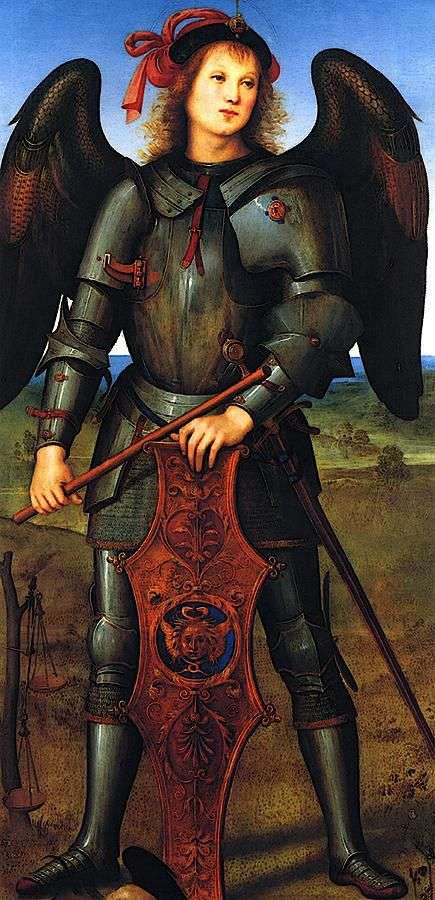
In the picture of Archangel Michael, made at the turn of the century, the archangel dressed in metal armor is facing us, confidently spreading his legs, spreading his wings and
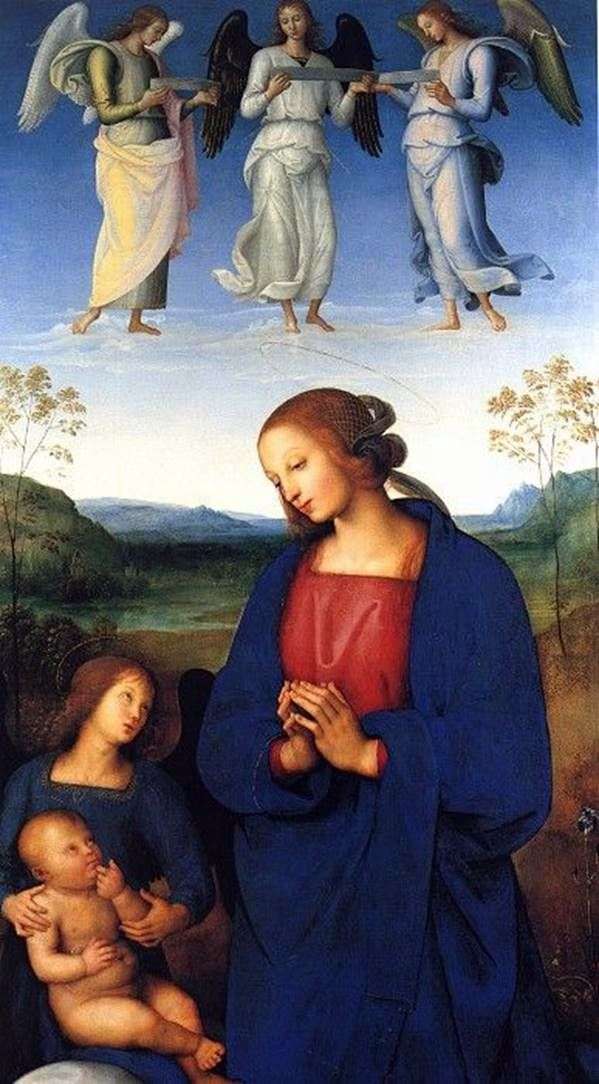
The composition of the work is somewhat unusual. The angel easily holds the Baby by the arms and shoulders, and Madonna stands in the center, giving the Baby a gentle
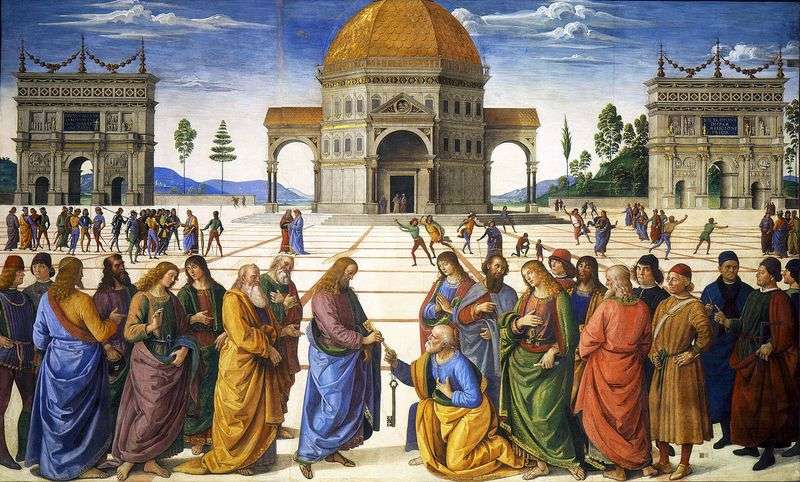
The features of Perugino’s style are already fully defined in the large fresco composition. The transfer of keys to the Apostle Peter, which stands out against the background of simultaneously
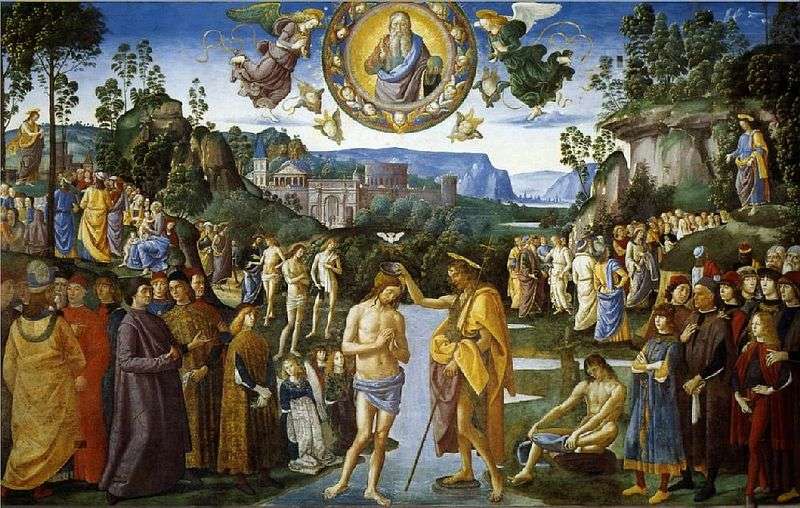
Among the several craftsmen invited by the Pope to paint the Sistine Chapel was Pietro Perugino. On the north wall, the picturesque frieze of which is dedicated to scenes from